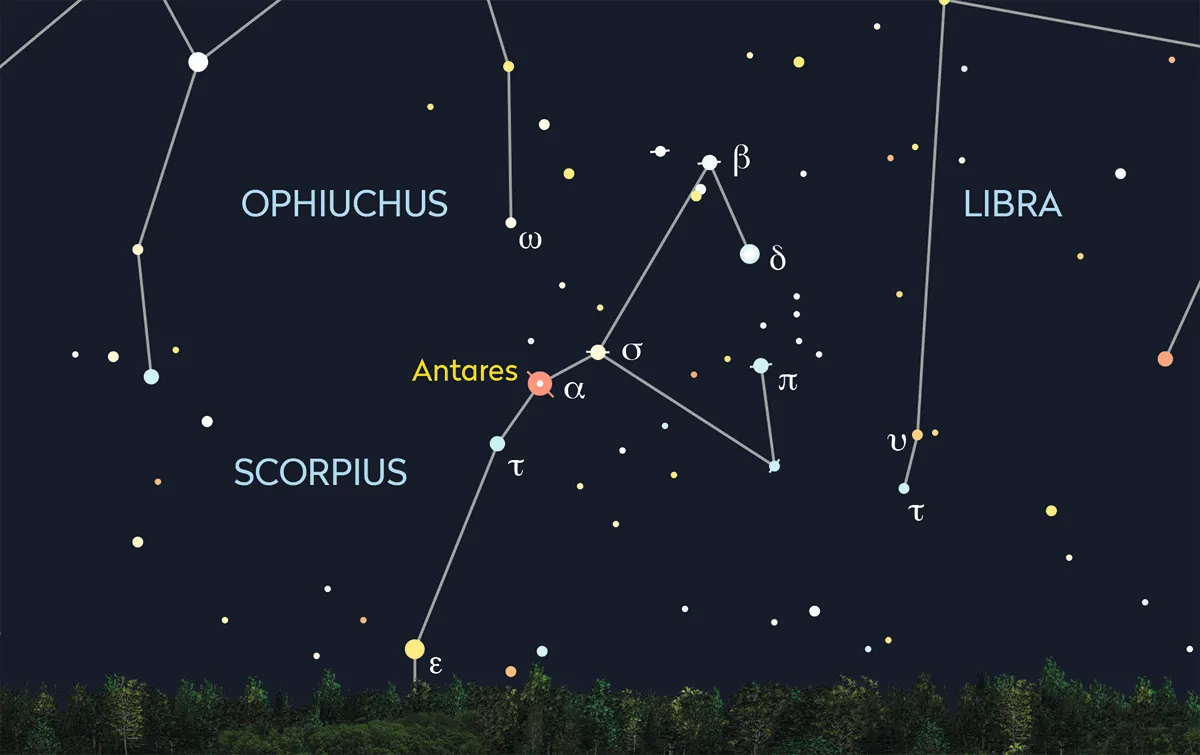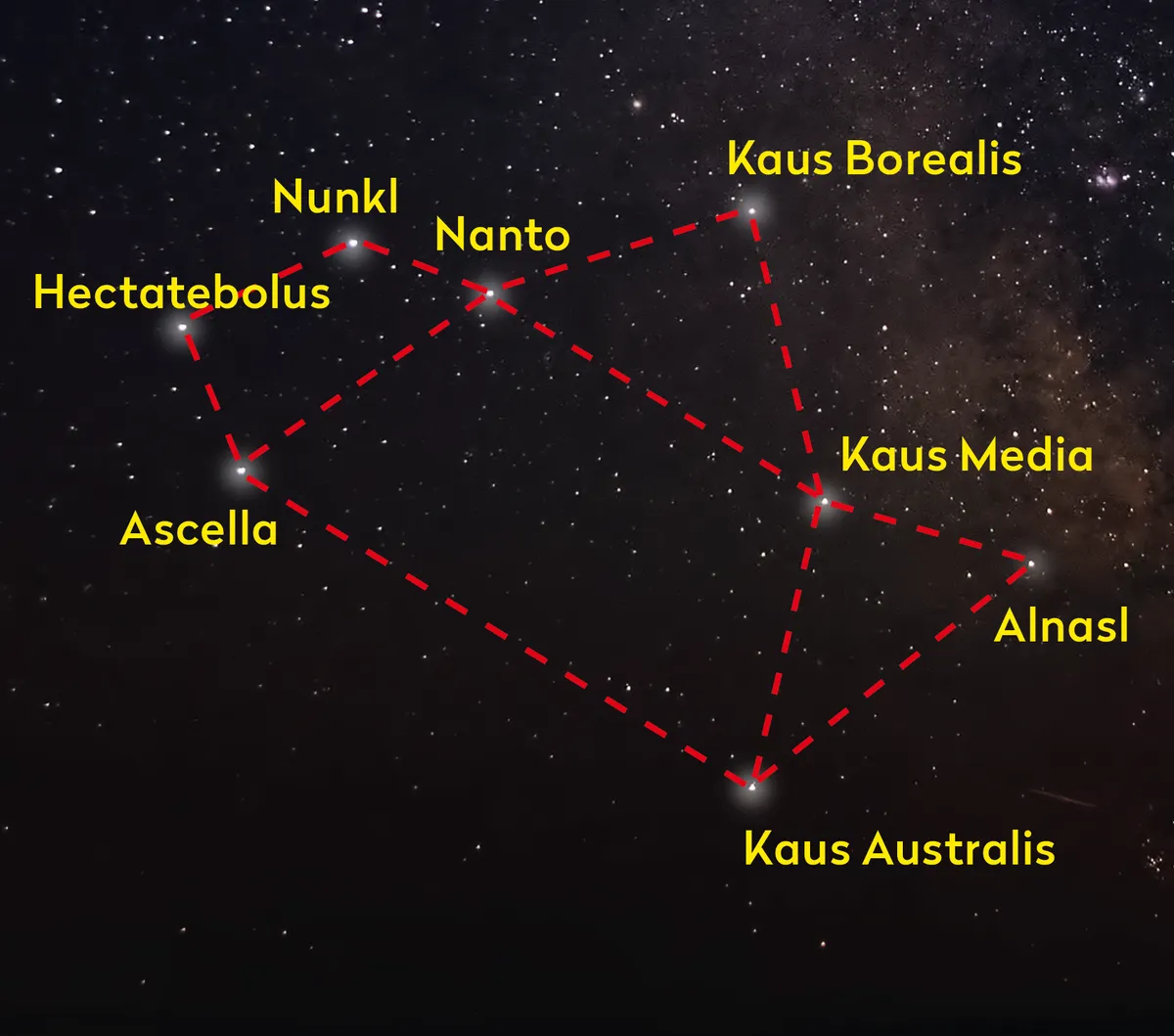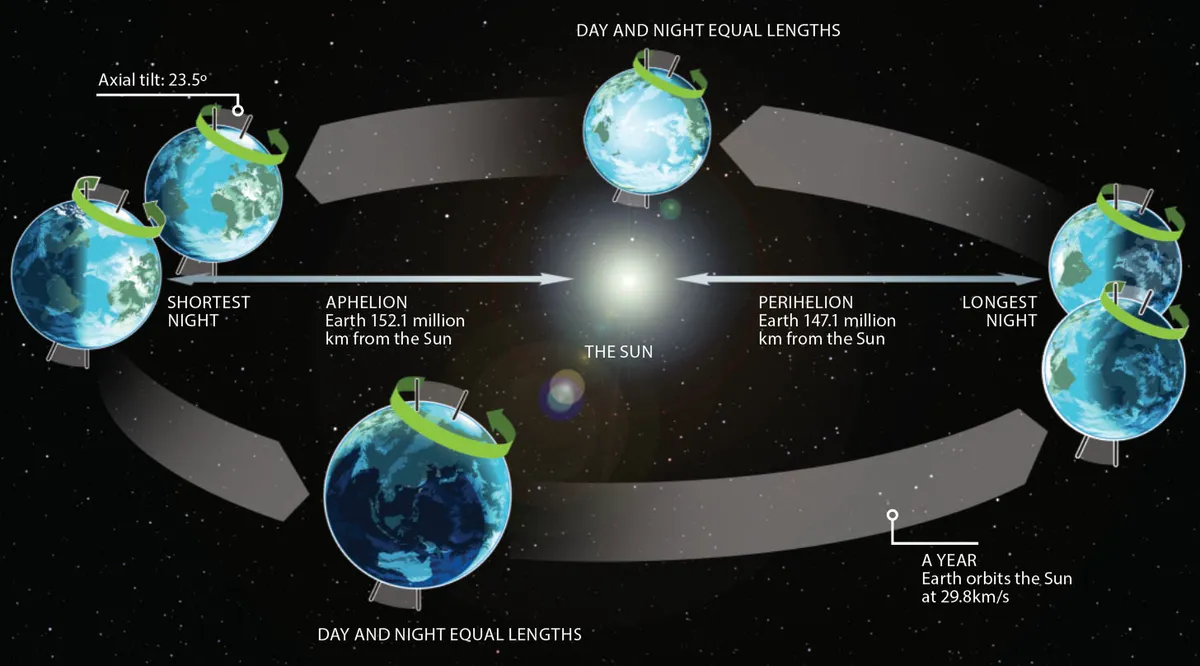The Strawberry Moon is the name given to the full Moon in June, the sixth full Moon of the year, rising in the southeast on 11 June 2025 at 22:46 BST.
What's more, the Strawberry Moon in 2025 will be joined in the night sky by bright red star Antares, which is known as the 'rival of Mars'.
And this is the lowest full Moon of the year, as well as one of the farthest from the Sun.
Download our lunar phases poster 2025 (PDF) for a printable guide to help you keep track of the Moon in 2025. Sign up to receive our e-newsletter for weekly Moon phases delivered directly to your email inbox.

Why it's called a Strawberry Moon
Each of the monthly full Moons has a nickname that relates to what's going on in nature during the month in question.
The full Moon in February is known as the Snow Moon, for example, or the July full Moon is known as the Buck Moon because July is the month during which male deer – bucks – grow their antlers.
The name Strawberry Moon is fitting for the June full Moon, given the beginning of summer marks the beginning of strawberry season.

'Strawberry Moon' is said to have originated from Native American tribes, in particular the Algonquin tribe, to mark the beginning of wild strawberry season in northeastern parts of North America.
But don't expect the Strawberry Moon to look any redder or more strawberry-like than usual!
Full Moon nicknames are merely nicknames, and have no bearing on what that full Moon will actually look like.
Having said that, this is a very low-down Moon, and when the full Moon is close to the horizon it can sometimes appear orange or even rusty red.
But this redness is not related to the 'Strawberry' moniker, and is instead due to how light is scattered as it passes through the thicker part of our atmosphere.
Strawberry Moon and Antares

The 2025 Strawberry Moon is located in Sagittarius, a constellation that doesn't ever fully rise above the horizon for us in the Northern Hemisphere.
But a few nights before the Moon is full, you'll see the it close to Antares, the brightest star in Scorpius.
'Antares' means 'rival of Mars' in Greek because the star retains a slightly reddish hue, and can often be mistaken for Mars by beginner stargazers.
Observe the nearly-full Moon on 9 June in the south around 23:00 BST (22:00 UT), and you'll see it's located to the right of Antares.
You'll need a clear southern horizon, because both Moon and star will be low down in the evening sky.

Have a look again on 10 June and you'll find the Moon is now to the left of Antares.
By 11 June, the Moon is now in the constellation Sagittarius, even further left of Antares.
While the stars and constellations don't move to any noticeable degree night after night, the Moon does.
It tracks eastward and is in a noticeably different location from one night to the next.

A low Strawberry Moon
The Strawberry Moon will pass through three constellations between 9–12 June (if we take these dates around the full phase on 11 June all counting as the Strawberry Moon).
On 9 June, the full Moon will be firmly in Scorpius, but by 10 June, although it looks like it's still within Scorpius, it will actually be within the lower boundary of Ophiuchus.
And by 11 June it will be in Sagittarius, where it will still be on 12 June.
On 12 June the Moon will be just to the right of the handle of the famous Teapot star pattern that forms the central part of the constellation Sagittarius.

Both Scorpius and Sagittarius are low-down constellations as seen from the Northern Hemisphere, never fully rising above the horizon.
The fact the Strawberry Moon is located within these constellations tells you just how low it will be.
In fact, it's the lowest full Moon of the year, making it something of a bragging right if you manage to see it!
Needless to say, you'll need a low, southern horizon, unobstructed by trees or buildings, to see it.

Farthest from the Sun
What's more, this is one of the farthest full Moons from the Sun, and this is to do with the orbital mechanics of the Sun-Earth-Moon system.
Earth's orbit around the Sun isn't a perfect circle: instead it's elliptical, or egg-shaped.
As a result, sometimes Earth is closer to the Sun than at other times.
When Earth is closest to the Sun, this is known as 'perihelion'. When it's furthest from the Sun, it's 'aphelion'.
In 2025, aphelion occurs on 3 July, and during a full Moon, the Moon is on the opposite side of Earth to the Sun.
So during the Strawberry Moon, Earth will be approaching the farthest distance from the Sun it can be in its orbit.
And the full Moon will be as far from the Sun as it can be in its orbit around Earth.
As a result, this is one of the farthest full Moons from the Sun of the year.

Moon illusion
Because the Strawberry Moon is so close to the horizon, you may notice two odd things about it.
The first is that it will likely look enormous; much bigger than you expected.
This is down to a well-known phenomenon called the 'Moon illusion', whereby a full Moon close to the horizon appears bigger than normal.
However, it is just an illusion.
No definitive explanation exists, but it's likely the Moon illusion is a matter of perspective.
Set against foreground objects like trees or buildings, or even just against a wide, flat horizon, the Moon appears as though it's much bigger than usual.

Orange Moon
The second effect you may notice is that the Moon appears rusty red or orange.
This is down to the effect of Earth's atmosphere, and how it scatters light reaching the Moon.
Sunlight hitting a low-down Moon has had to travel through a thicker part of our atmosphere, scattering the light and making it appear redder.
Does the Strawberry Moon seem huge and orange-coloured? If so, you've witnessed two well-known full Moon phenomena in action.
If you observe or photograph the Strawberry Moon, get in touch by emailing contactus@skyatnightmagazine.com

